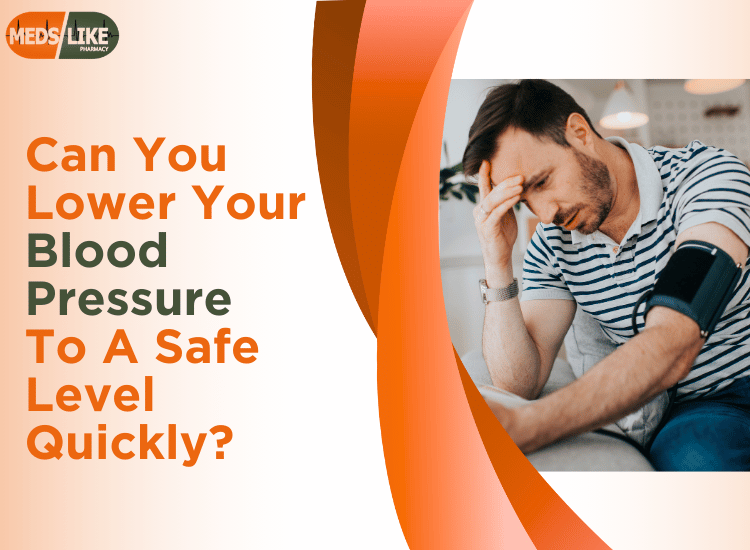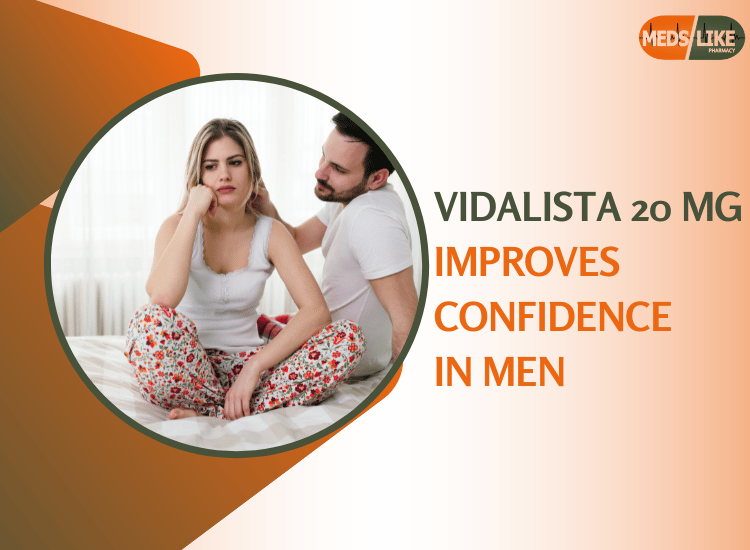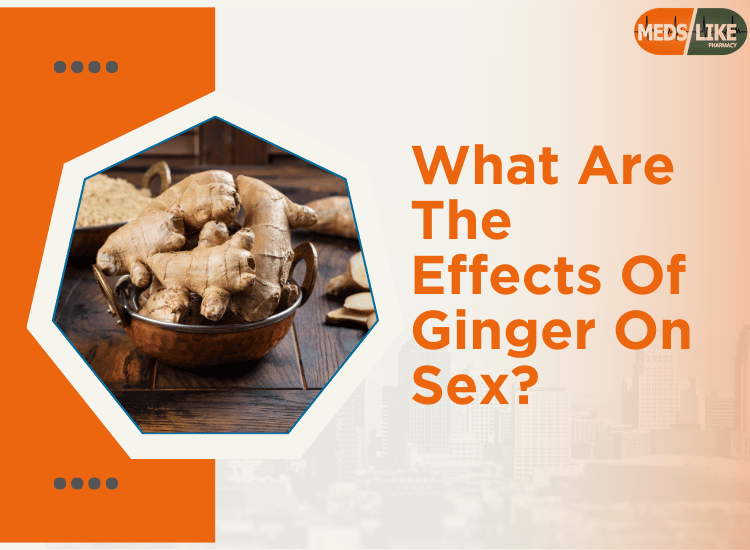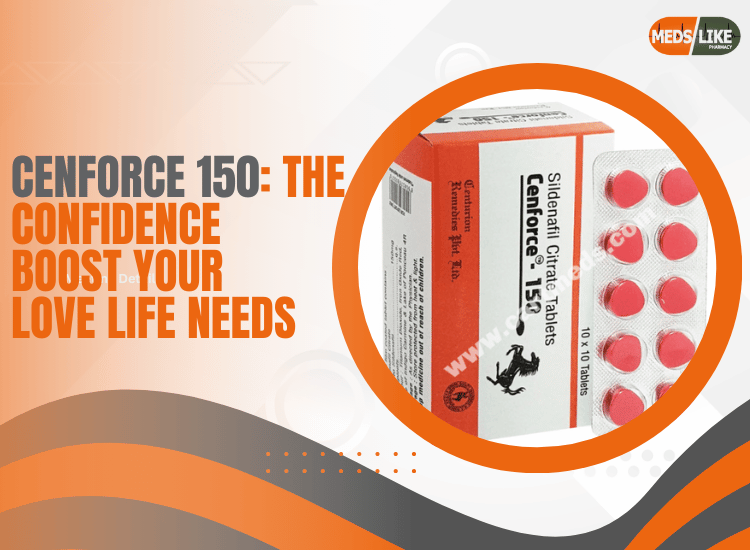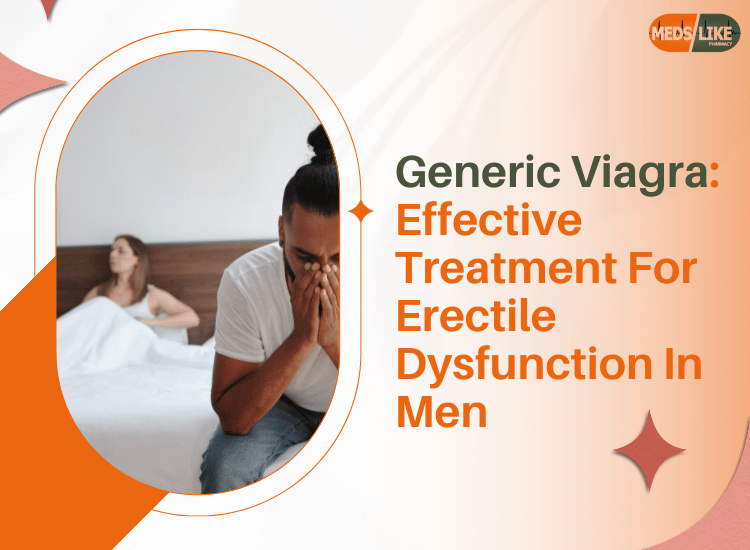High blood pressure, also known as hypertension, is a major health concern affecting millions of people worldwide. It’s often referred to as a “silent killer” because it can cause serious damage to your heart, arteries, and organs without noticeable symptoms. If your blood pressure spikes suddenly or remains consistently high, it’s natural to want to lower it as quickly as possible. But is it safe — or even possible — to lower your blood pressure quickly? Let’s explore.
Understanding Blood Pressure Readings
Before diving into rapid solutions, it’s important to understand what your blood pressure numbers mean. Blood pressure is measured in millimeters of mercury (mmHg) and given in two numbers:
- Systolic (upper number): Pressure when the heart beats
- Diastolic (lower number): Pressure when the heart rests between beats
A normal blood pressure reading is generally around 120/80 mmHg. Anything consistently above 130/80 mmHg is considered high and may require lifestyle changes or medication.
Can You Lower Blood Pressure Quickly?
Yes, in certain situations, you can reduce blood pressure relatively quickly — but it depends on how high your blood pressure is and the underlying cause. Here are some safe, effective strategies that may offer relatively quick improvements:
1. Practice Deep Breathing or Meditation
Deep, slow breathing activates the parasympathetic nervous system, helping your body relax and lower blood pressure. Try inhaling deeply through your nose for 4 seconds, holding for 2 seconds, then exhaling slowly for 6 seconds. Doing this for just 5–10 minutes can reduce blood pressure temporarily.
2. Go for a Short Walk
Mild to moderate physical activity like walking for 15–30 minutes can improve blood flow and reduce pressure on artery walls. This is particularly effective if you’ve been sedentary for a while.
3. Limit Sodium Intake
If you’ve consumed a salty meal and your blood pressure is spiking, drinking water and avoiding further sodium can help reduce fluid retention and lower your numbers. While this isn’t an instant fix, it can have a noticeable impact within a few hours to a day.
4. Hydrate
Dehydration can raise blood pressure by narrowing blood vessels. Drinking water helps thin the blood and relax vessels, especially if your blood pressure is elevated due to fluid loss or overheating.
5. Take Prescribed Medication
If your doctor has prescribed blood pressure medication, taking it as directed is the most effective and safe way to lower dangerously high blood pressure quickly. Never double up or take medication not prescribed to you without medical advice.
When Is Rapid Reduction Dangerous?
While it’s tempting to want to bring high blood pressure down quickly, especially if you’re anxious or experiencing symptoms like headaches or dizziness, lowering it too fast can be risky. A sudden drop can reduce blood flow to vital organs, especially the brain, leading to complications like fainting, stroke, or organ damage.
If your systolic blood pressure is 180 mmHg or higher, or your diastolic is 120 mmHg or higher, this is considered a hypertensive crisis. In this case, seek emergency medical attention — do not try to manage it at home.
Long-Term Control Is Key
Although short-term strategies can help, lasting control of blood pressure requires consistent lifestyle changes:
- Eat a balanced, heart-healthy diet (such as the DASH diet)
- Maintain a healthy weight
- Reduce alcohol and caffeine intake
- Avoid smoking
- Get regular exercise
- Manage stress
These long-term habits are far more effective than any quick fix and significantly reduce the risk of stroke, heart attack, and kidney damage.
Final Thoughts
Yes, you can lower your blood pressure to a safer level relatively quickly with simple strategies like deep breathing, hydration, and light activity. However, always prioritize safety and avoid aggressive self-treatment. If you’re experiencing dangerously high readings or symptoms, contact a healthcare provider immediately. Sustainable lifestyle changes and proper medication management are the best ways to keep your blood pressure within a healthy range over time.

